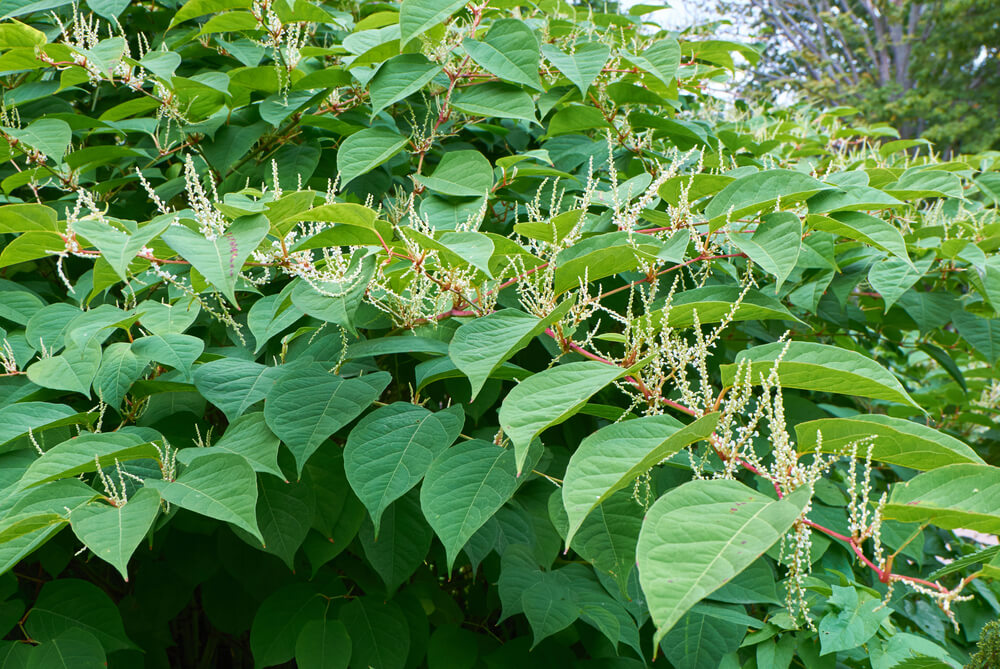
In law it is possible to bring an action in what is known as private nuisance where the acts of the defendant (against whom the claim would be brought) amount to a continuous, unlawful and indirect interference with the use or enjoyment of land or some right over or in connection with the land. This is a civil wrong which can give rise to a legal claim against the person committing the nuisance.
The law relating to private nuisance has been developed over time by decisions in specific cases. In order to prove that a private nuisance has occurred (or is occurring) it is necessary to show that there is:
- Continuous interference;
- Unlawful or unreasonable interference;
- Interference of the use or enjoyment of land or some right over it.
In a recent case (Network Rail Infrastructure Limited v Williams) the Court of Appeal confirmed that where Japanese Knotweed is encroaching on their land, landowners do not have to wait until physical damage to their property has occurred before bringing an actionable claim in private nuisance. The judgment clarifies the law relating to private nuisance and indicates that the principles extend well beyond Japanese Knotweed and covers other forms of nuisance which would include for example other invasive growth, dust, fumes and noise.
In the Network Rail case referred to above the claimants owned two bungalows in Wales. Japanese Knotweed had invaded their garden from land owned next door by Network Rail, land which abutted railway tracks. The claimants had complained to Network Rail about the presence of Japanese Knotweed for some years and Network Rail had made some (but insufficient) effort to control it. At the original trial it was agreed and accepted by the parties that Japanese Knotweed had existed on part of the land owned by Network Rail for at least fifty years. The judge decided, upon the evidence presented before him, that the Japanese Knotweed had encroached on to the claimants’ land but refused their claim in private nuisance on this ground as there had been no physical damage to the properties. However he did decide that Network Rail had failed in its obligation to eliminate and prevent interference with the claimants’ enjoyment of their properties. He further decided that the continuing presence of the Japanese Knotweed and the consequent reduction in value of the claimants’ properties represented a continuing nuisance and awarded damages (compensation) on that basis.
Network Rail appealed against that decision.
The Court of Appeal decided that the purpose of an action in nuisance is not to protect property values but rather to protect the use and enjoyment of the land. It decided therefore that the trial judge had taken the wrong approach and that the requirement of physical damage was unnecessary. It decided that the mere presence of Japanese Knotweed roots (rhizomes) was sufficient to place an obligation on the part of a landowner from whose property Japanese Knotweed was likely to spread. That taken together with the knowledge of the defendant (Network Rail in this case) regarding its presence and its own failure to take reasonable steps to prevent it spreading and thus interfering with the use and enjoyment of the claimants’ properties was sufficient to create a legal liability. Accordingly the Network Rail was liable to pay compensation equivalent to the cost of a treatment package to remove the knotweed, the cost of surveys, compensation for interference with “quiet enjoyment” of the properties and compensation for the remaining reduction in value even once the knotweed had been removed as a form of compensating for the stigma of the presence of Japanese Knotweed.
Whilst this case does not radically alter the law relating to private nuisance it does clarify the right of a landowner to bring proceedings where use and enjoyment of land has been significantly interfered with but without the need to prove actual physical damage. Because of this there is no particular reason why, if the circumstances of the case otherwise justify it, someone who fears invasion by Japanese Knotweed (based of course on sound evidence that this is likely to occur) should not bring proceedings for an injunction at an early stage to compel a neighbouring landowner to take steps to eradicate knotweed before invasion and damage occurs.
For those with Japanese Knotweed growing on their land advice should be taken on how to eradicate it if there is a likelihood of it spreading on to neighbouring land.
If you would like to discuss any private nusiance issues please contact our Litigation Department on 01905 721600
